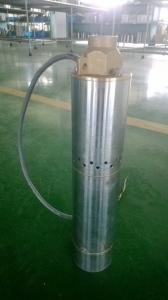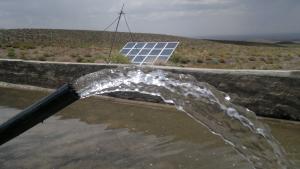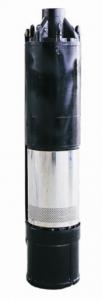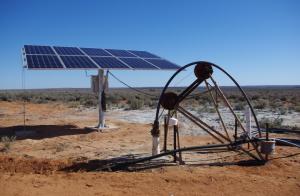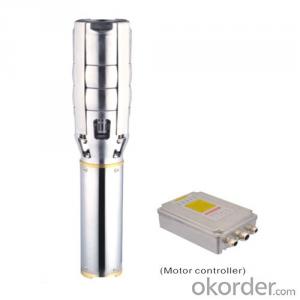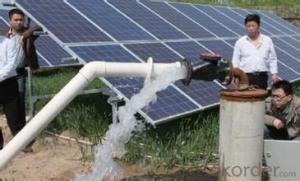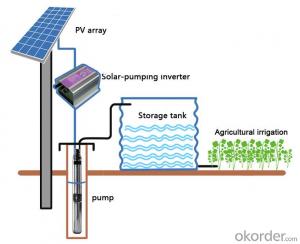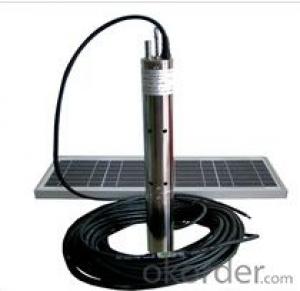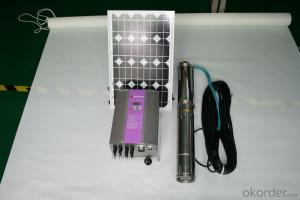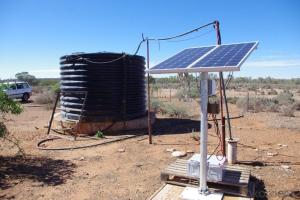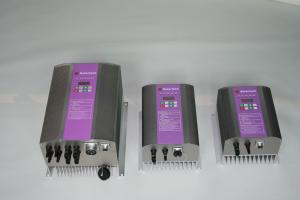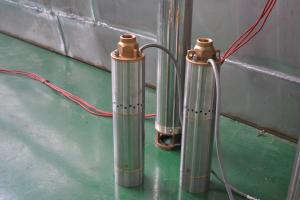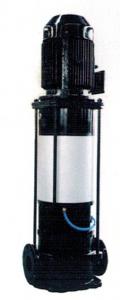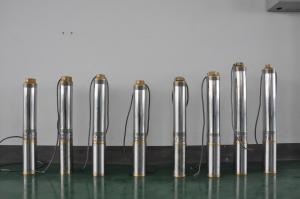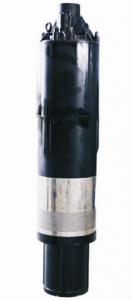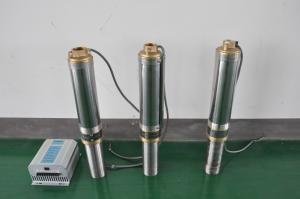Solar Pump Inverter for New Solar Water Pump with Helical Screw
- Loading Port:
- Shanghai
- Payment Terms:
- TT OR LC
- Min Order Qty:
- -
- Supply Capability:
- 300 set/month
OKorder Service Pledge
Quality Product, Order Online Tracking, Timely Delivery
OKorder Financial Service
Credit Rating, Credit Services, Credit Purchasing
You Might Also Like
how is the rotor made:
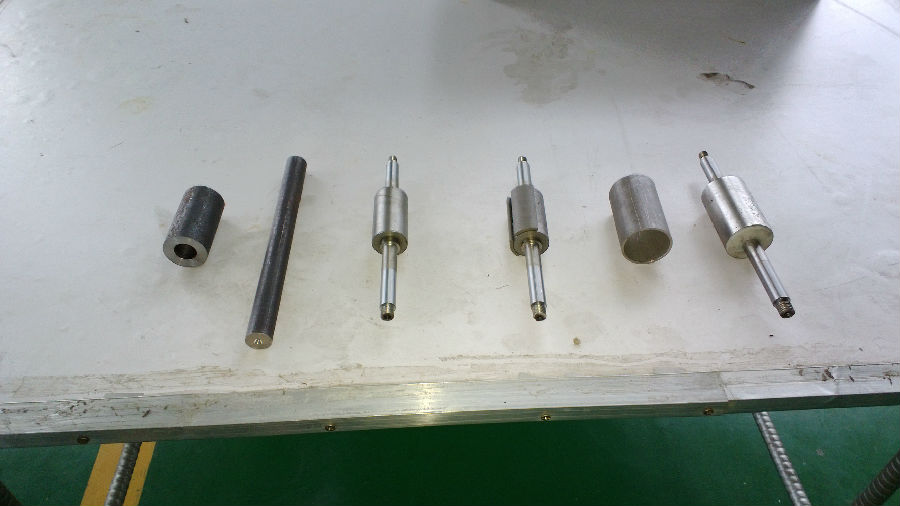
how is the motor made:
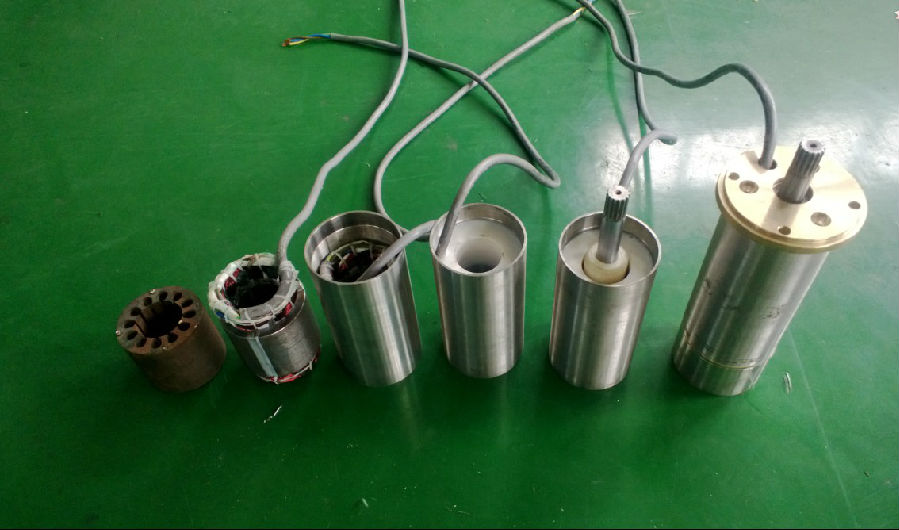
the pump :
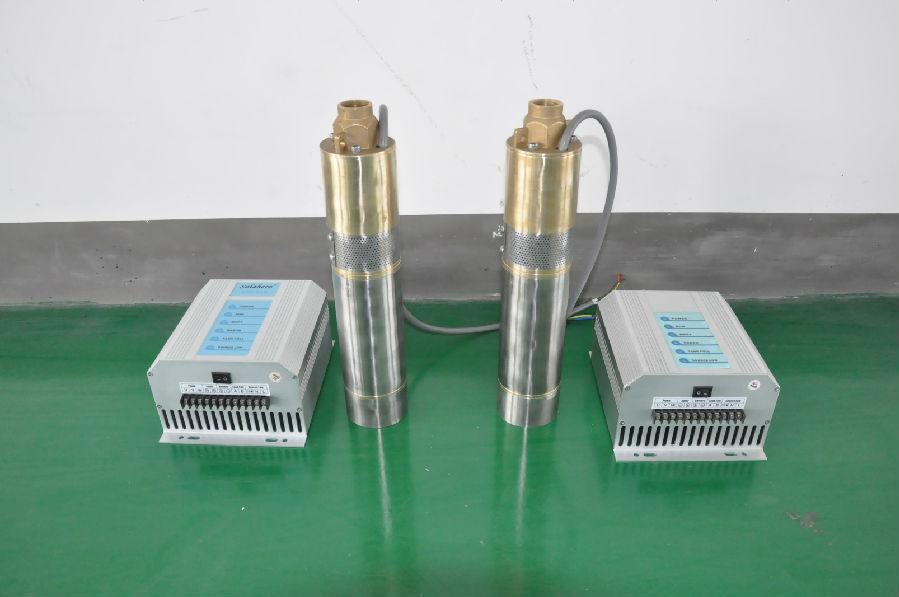
controller terminal connection:
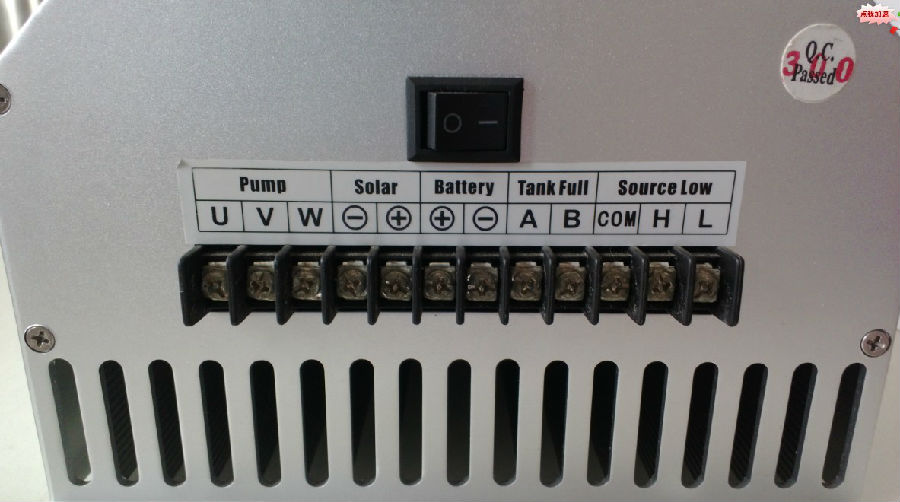
The permanent magnet:
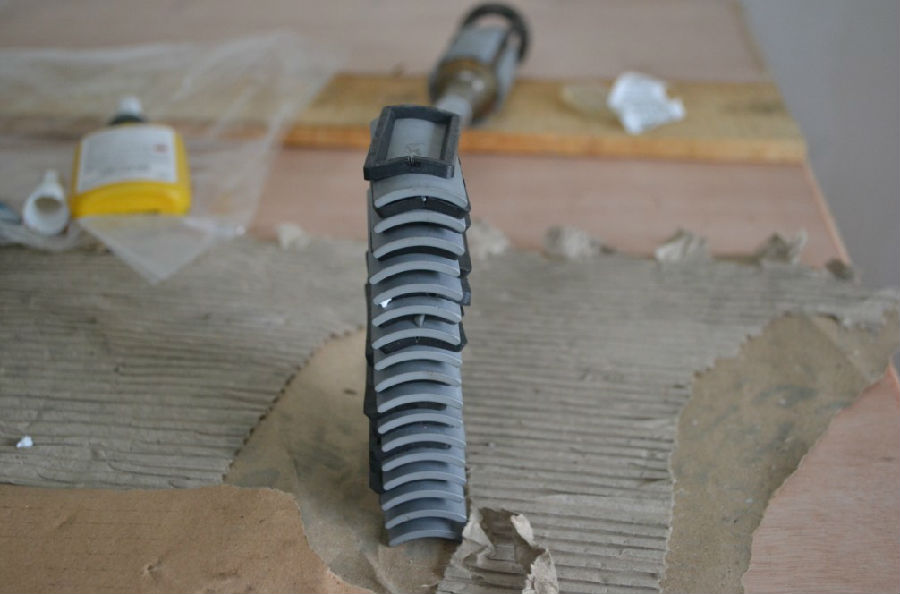
the helical screw:
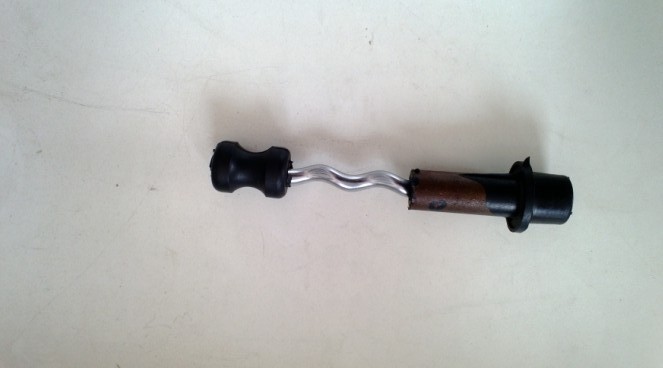
controller box:
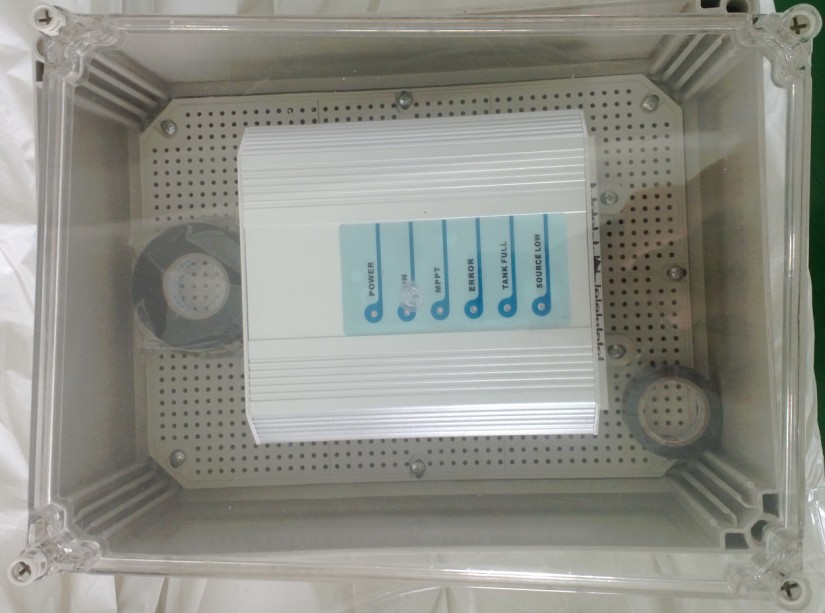
the senors:

the test:
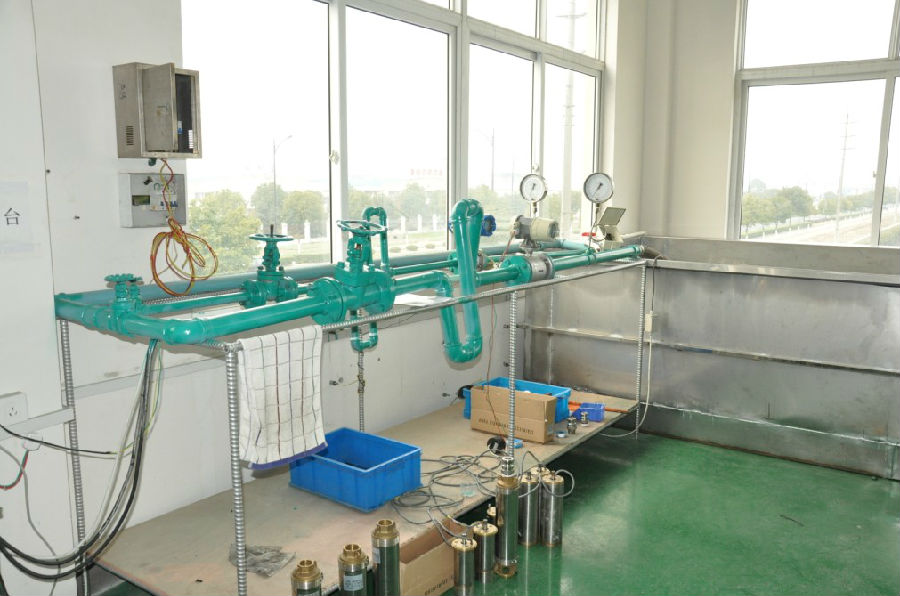
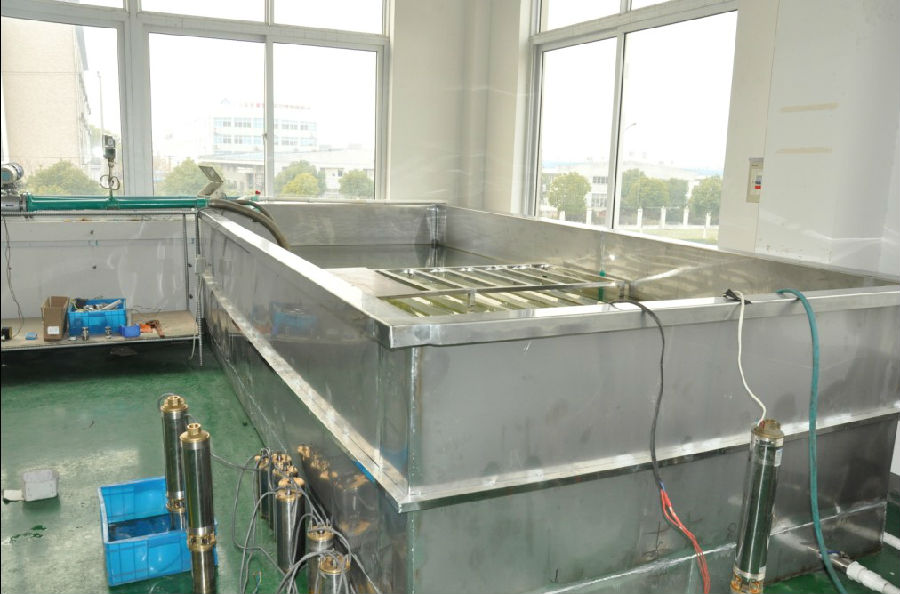
the application:
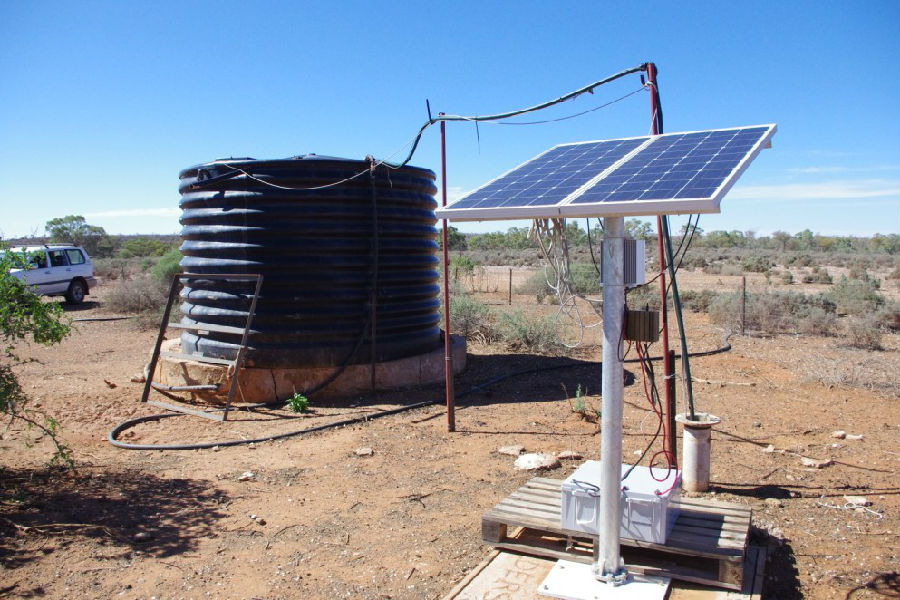
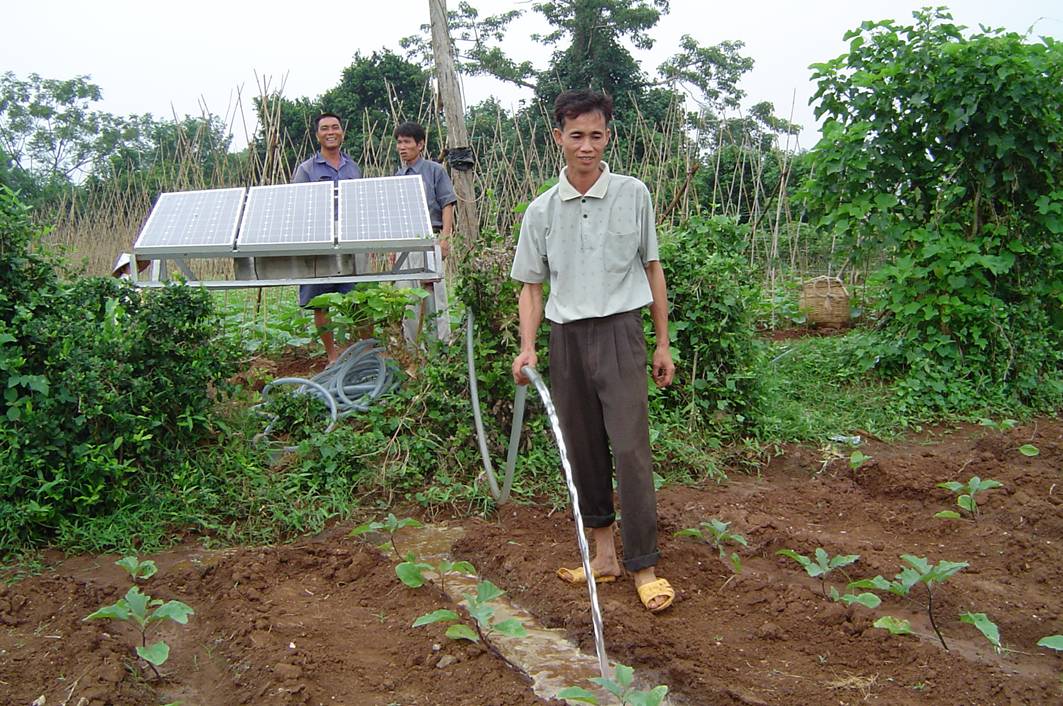
the package:
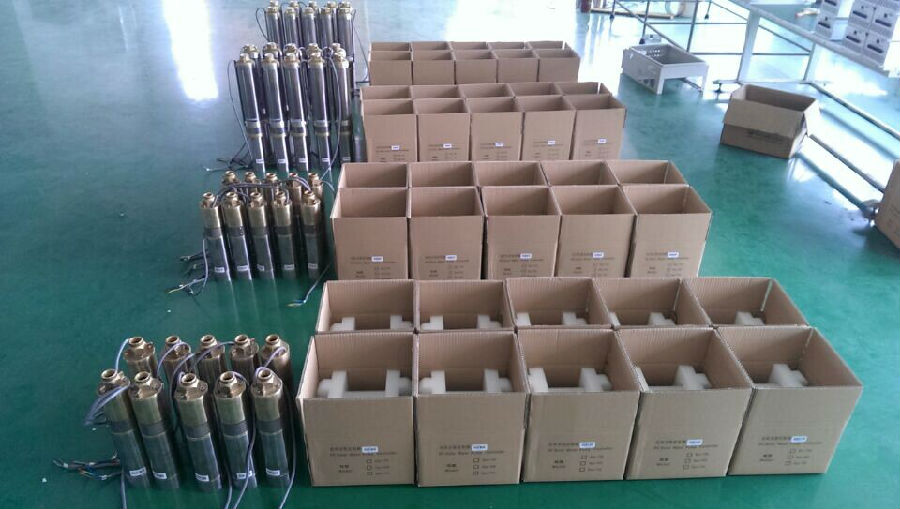

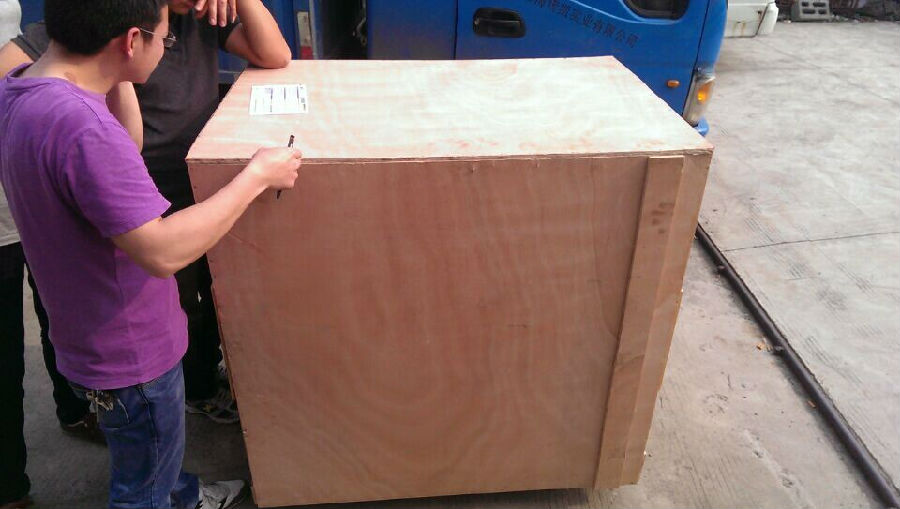
- Q: How does the angle and orientation of solar panels affect the performance of a solar pump?
- The angle and orientation of solar panels have a significant impact on the performance of a solar pump. The angle determines the optimal positioning for capturing sunlight, maximizing the conversion of solar energy into electricity. Tilting the solar panels towards the sun at an appropriate angle ensures maximum exposure to sunlight throughout the day, enhancing the pump's efficiency. Additionally, the orientation of the solar panels, typically facing south in the Northern Hemisphere and north in the Southern Hemisphere, ensures proper alignment with the sun's path for optimal energy absorption. Overall, proper angle and orientation of solar panels are crucial in maximizing the performance and output of a solar pump system.
- Q: Are solar pumps suitable for both residential and commercial use?
- Yes, solar pumps are suitable for both residential and commercial use. They are an efficient and environmentally-friendly option for pumping water in various applications, including irrigation, livestock watering, and water supply for residential, commercial, and agricultural purposes. Solar pumps can be easily installed and operated, making them a versatile choice for both small-scale and large-scale water pumping needs.
- Q: Can a solar pump be used for rainwater harvesting systems?
- Certainly, a solar pump is perfectly suitable for rainwater harvesting systems. Solar pumps provide a superb alternative to conventional electric or diesel pumps due to their utilization of renewable energy and lower operational expenses. By employing photovoltaic panels to convert sunlight into electricity, solar pumps efficiently extract water from the rainwater harvesting system. Their reliability, efficiency, and eco-friendliness make them the perfect option for rainwater harvesting systems. Furthermore, they can be effortlessly integrated into current rainwater harvesting arrangements or installed as independent systems. In conclusion, the utilization of a solar pump in rainwater harvesting can greatly enhance the system's effectiveness and sustainability.
- Q: How does a solar pump handle water with high levels of heavy metals or radioactive materials?
- A solar pump itself does not have the capability to handle water with high levels of heavy metals or radioactive materials. The primary function of a solar pump is to draw and pump water using solar energy. To handle water contaminated with high levels of heavy metals or radioactive materials, additional steps and technologies such as filtration, sedimentation, or reverse osmosis systems would need to be incorporated into the water treatment process. These additional measures are necessary to remove or reduce the concentration of such contaminants, ensuring safe and clean water for various purposes.
- Q: Can a solar pump be used for water circulation in a pond?
- Yes, a solar pump can be used for water circulation in a pond. Solar pumps are designed to utilize energy from the sun to power the pump, which in turn circulates the water in the pond. This helps to maintain the overall health of the pond by preventing stagnation and promoting oxygenation, which is beneficial for the aquatic life and the overall ecosystem of the pond. Additionally, solar pumps are environmentally friendly and cost-effective, as they do not require electricity from the grid to operate.
- Q: Can a solar pump be used for dewatering applications?
- Dewatering applications can indeed utilize a solar pump. These pumps are designed to prioritize energy efficiency and environmental friendliness, making them an excellent option for dewatering tasks. They have the capability to extract excessive water from various areas, including construction sites, basements, mines, and agricultural fields. By harnessing the power of the sun, solar pumps generate electricity, which then enables the removal of water from the desired location. Solar panels are typically integrated into these pumps to capture sunlight and convert it into usable energy. Moreover, they are user-friendly, operate silently, and require minimal maintenance. Furthermore, solar pumps can be equipped with backup batteries to store excess energy for cloudy days or nighttime use. In summary, solar pumps present a sustainable and cost-efficient solution for dewatering applications.
- Q: Do solar pumps require maintenance?
- Yes, solar pumps require regular maintenance to ensure optimal performance and longevity. This includes cleaning the solar panels to remove dust and debris, inspecting the pump system for any leaks or damage, and checking the battery and electrical connections. Additionally, routine maintenance may also involve lubricating moving parts and replacing worn-out components. Proper and timely maintenance is essential for the efficient operation of solar pumps.
- Q: Can solar pumps be used for water extraction from rivers or lakes?
- Yes, solar pumps can be used for water extraction from rivers or lakes. Solar pumps are an effective and environmentally-friendly solution for extracting water from natural water bodies without relying on grid electricity. They use solar energy to power the pump, which eliminates the need for fuel or electricity, making them a cost-effective and sustainable option for water extraction.
- Q: What is the maximum water depth that a solar pump can reach?
- The maximum water depth that a solar pump can reach depends on various factors such as the type and capacity of the pump, the power of the solar panels, and the efficiency of the system. Generally, solar pumps can reach depths of up to 100 meters or more, but it is best to consult the manufacturer's specifications for accurate information.
- Q: Can a solar pump be used for water treatment in developing countries?
- Yes, a solar pump can be used for water treatment in developing countries. Solar pumps are powered by renewable energy, making them a sustainable and cost-effective solution for water treatment in areas with limited access to electricity. They can be used to extract water from wells or other water sources, which can then be treated using various methods such as filtration, disinfection, or reverse osmosis. By utilizing solar pumps for water treatment, developing countries can improve access to clean and safe drinking water, contributing to better public health and overall development.
Send your message to us
Solar Pump Inverter for New Solar Water Pump with Helical Screw
- Loading Port:
- Shanghai
- Payment Terms:
- TT OR LC
- Min Order Qty:
- -
- Supply Capability:
- 300 set/month
OKorder Service Pledge
Quality Product, Order Online Tracking, Timely Delivery
OKorder Financial Service
Credit Rating, Credit Services, Credit Purchasing
Similar products
Hot products
Hot Searches
Related keywords
